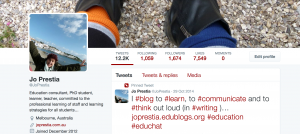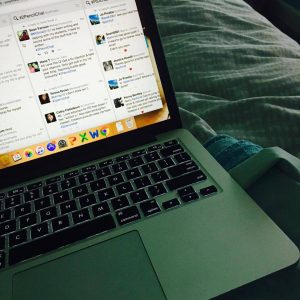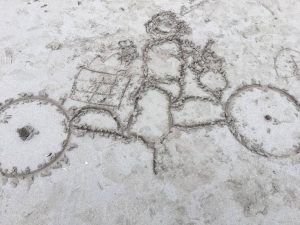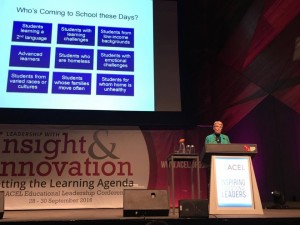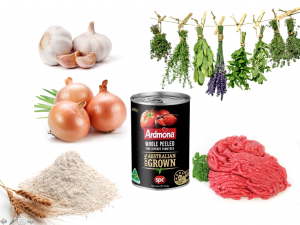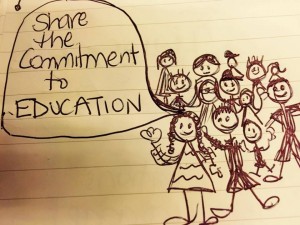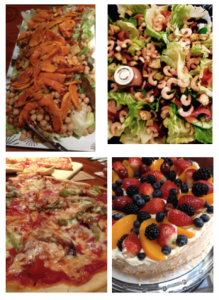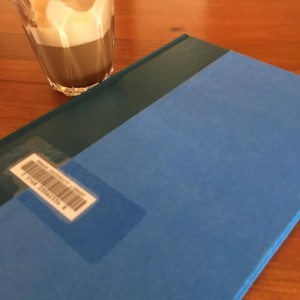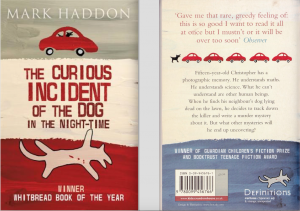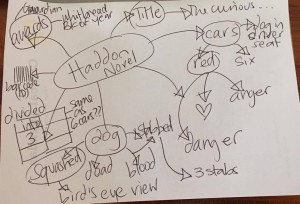Prompt 2 of my newest challenge, a blog a week for the #edublogsclubs is all about our work environments. Since I am not in any one school and juggle quite a number of ‘different’ work, my learning spaces vary dramatically depending on the tasks at hand.
In any one week, I can go from a secondary school classroom, a boardroom, a meeting room, a conference centre, my dining room table, my home office space, a favourite coffee shop, university grounds, and even in my spa! I love the freedom of moving around for different learning activities. You see, as I mentioned in my first challenge post, there is learning in everything and I’ll add now – in every place.
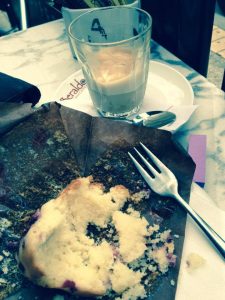
Coffee shop treat while reading on critical pedagogy
In my final year of high school, many, many years ago, each of my subjects was allotted to a different study area in the house (much to my mum’s disgust!). It was almost like a switch on, switch off ritual while I was studying and as each exam was completed so the books and study guides disappeared from each place (to my mum’s relief!).
As an Education Consultant, my learning spaces vary from staffrooms to auditoriums, from conference centres to classrooms and school libraries. My audience numbers vary dramatically for 4-5 and up to 300 at national conferences so my learning space has to work accordingly. I like to do a lot of hands-on and movement activities with my participants, but I also need them to sit quietly and reflect, or to work more collaboratively on certain tasks.
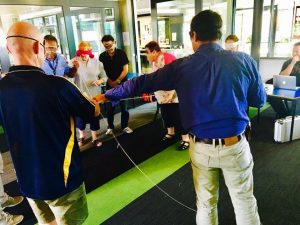
Developing coaching relationships
The learning spaces for workshops with teachers may vary but there is nothing like a nice round table where teachers and learning support staff can collaborate to make learning for students with special needs and indeed all students, more accessible.
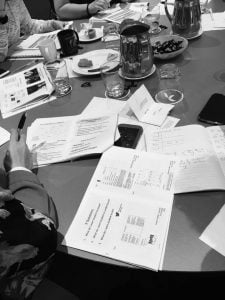
Collaborating
When teaching and learning with students the spaces outside of the classrooms are just as enticing and so again the learning spaces change. Last year I really loved how my tutorial room had whiteboard walls!! Visual Art spaces are also enticing and prompt creativity even in everyday manual tools which are an artform in themselves.

Paintbrushes
As a part-time PhD student, I do much of my study and writing at home – and this is where I still tend to move around depending on what I’m attempting to do on the day. We have a very large dining room table and even swapping chairs along and around it help me to focus within the space. It is also a good excuse when my desk cannot be seen for the papers, books and stationery it sometimes holds.
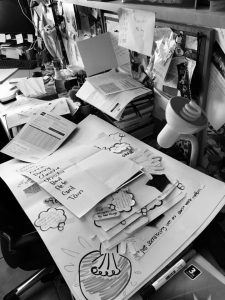
My desk area

Dining room table
And of course, there’s also that learning space inside our heads – thinking! As an A grade procrastinator, I actually do much of my thinking while cleaning, cooking, driving and, yes, even while enjoying the spa -though this presents a problem when trying to write things down in my notebooks!
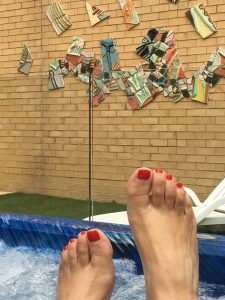
Ahhhhh…spa!
Finally, I’d like to also add that for me learning spaces are not only the physical places one inhabits but they can also be found within the pages of a lovely notebook or scrappy bits of paper, on a computer screen or in a painting.
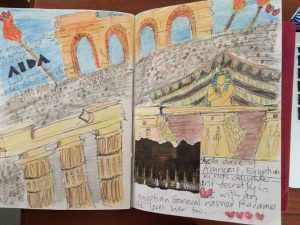
Travel diary
There is learning in everything; in every place.
Thanks for reading 🙂

